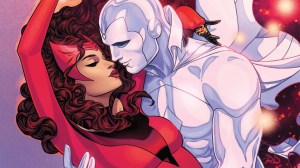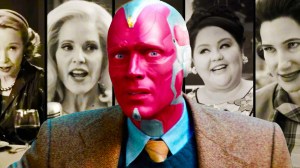When WandaVision premiered on Disney+, it was an instant sensation, and for good reason. The show’s unique blend of sitcom history brought to life with gorgeous sets and costumes, the compelling mystery surrounding exactly what was happening inside the Hex, and Wanda’s long-awaited transformation into the Scarlet Witch captivated audiences week after week. It was a show that kept us guessing abd pouring over every detail to try to figure out what would happen next. However, after the series finale, many of us were left with more questions than answers. While WandaVision wrapped up the central plot of Wanda’s grief and coming into her true powers, it left several threads dangling. Some of these were clearly meant to set up future MCU projects, but others felt like loose ends that were never fully addressed.
Videos by ComicBook.com
Years after its release, we still find ourselves questioning certain plot points of WandaVision that, despite every subsequent MCU project, just don’t quite add up.
1. The True Nature of the Maximoff Twins
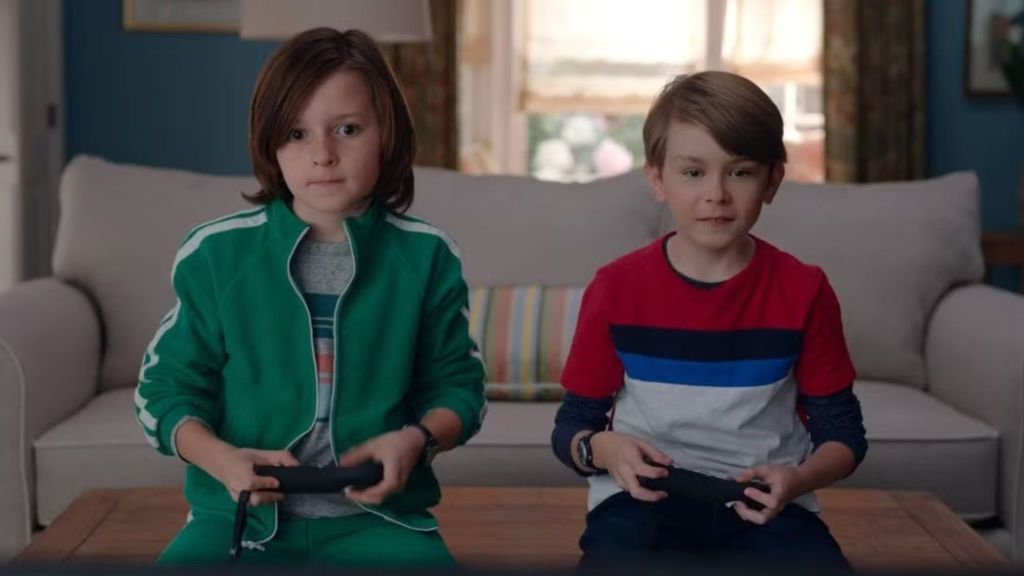
One of the most heartwarming (and then heartbreaking) parts of WandaVision was the introduction of Billy and Tommy. Born from Wanda’s magical Hex, they quickly became a key part of the show and a treat to long-time comic fans who were excited to see the two future Young Avengers make their MCU debut. However, their existence was tied directly to the Hex. As soon as Wanda began to take down her created reality, her children began to dissolve, which stopped her at that moment. In the finale, however, Wanda knew they would vanish entirely when the Hex came down, but that didn’t leave her any less heartborken and alone. Since the twins were directly tied to the Hex, it was firmly established that they were a product of Wanda’s magic and not truly real.
However, the post-credits scene of the finale completely contradicted this. As Wanda is studying the Darkhold, she hears the voices of her children calling out to her. This gave her hope that they were not gone forever and were somehow still out there in a different reality. This plot point became the central hook for Doctor Strange in the Multiverse of Madness, but even after that film and the events of Agatha All Along, their existence is still confusing. Were they always real, but just displaced souls? How did they survive the Hex’s destruction if they were only magical creations? The details of their existence remain a bit of a magical question, but chaos magic sometimes lacks reason.
2. Very Little Consequences for Wanda
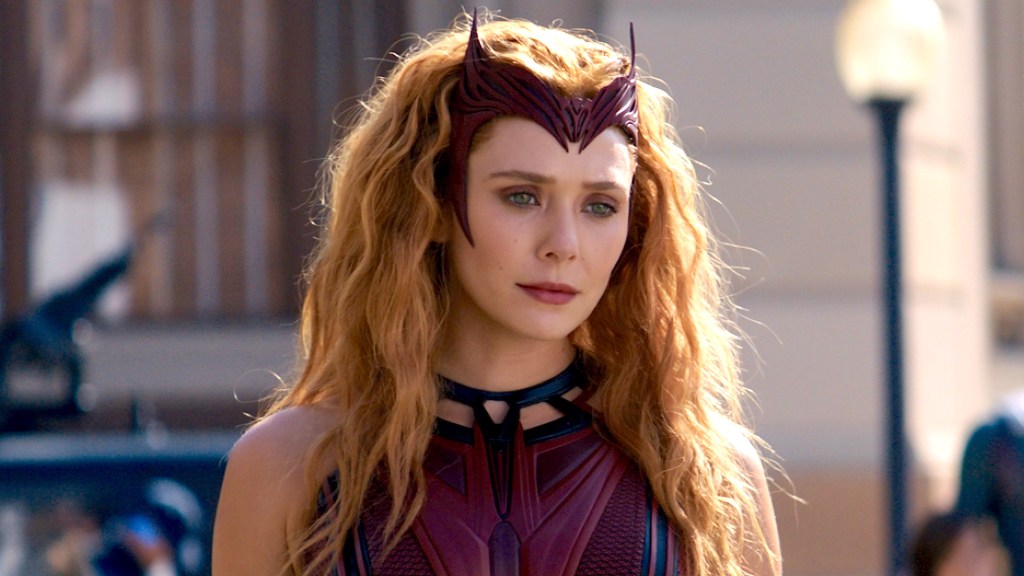
Wanda Maximoff held an entire town hostage, forcing them to live as characters in her sitcom reality. She manipulated their minds, controlled their actions, and caused them not only physical pain, but deep psychological wounds as well. The show makes it clear that the people of Westview were not just actors playing along; they trapped inside their own bodies and suffering. In the finale, the residents confront Wanda, detailing the pain she caused them. Yet, after the Hex comes down, Wanda is able to just fly away with no consequences whatsoever for taking an entire town hostage.
The MCU has a history of holding its heroes accountable, but Wanda’s escape was a bit too convenient (though necessary for the moving parts of the MCU at the time). While the rest of the MCU frequently shown Wanda punished for her actions, such as being sent to the Raft in Captain America: Civil War, the fact that she was able to just walk away from what was essentially a hostage situation is still not the most logical conclusion. WandaVision made it very clear that her actions were essentially torturing a whole population, only to have the authorities seemingly forget about it in order to set up for Doctor Strange in the Multiverse of Magic.
3. Monica Rambeau’s Sudden Powers
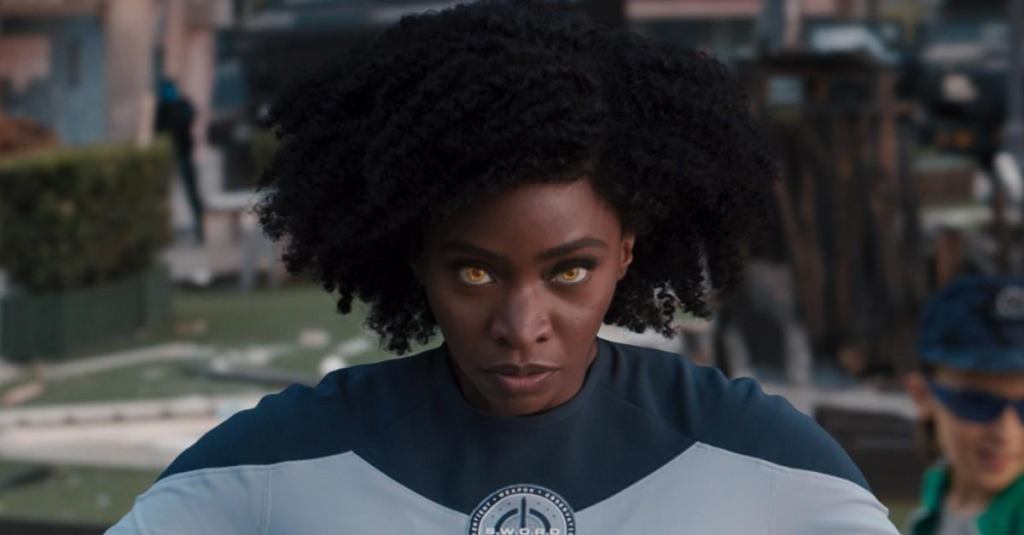
An adult Monica Rambeau was a fantastic addition to the MCU, especially in the context of the fantastical events happening in Westview. Her journey was a truly emotional one, from her grief over her mother to her determination to help Wanda. WandaVision established that Monica’s repeated trips through the Hex’s energy field were altering her at a molecular level, and her final trip gave her powers. She came out on the other side of the Hex wtih superhuman vision, allowing her to see different types of energy, and was able to absorb it as well.
However, her sudden powers felt a bit rushed; like a convenient plot device to give her a new ability to have a stake in the final battle. The show spent so much time on the emotional and psychological aspects of the story that this sudden genre shift into a superhero origin story was out of place. While her powers were a set-up for her future as Spectrum, the way they were introduced felt unearned and lacked the build-up that a major character’s origin story usually gets.
4. Hayward’s Over-the-Top Villany
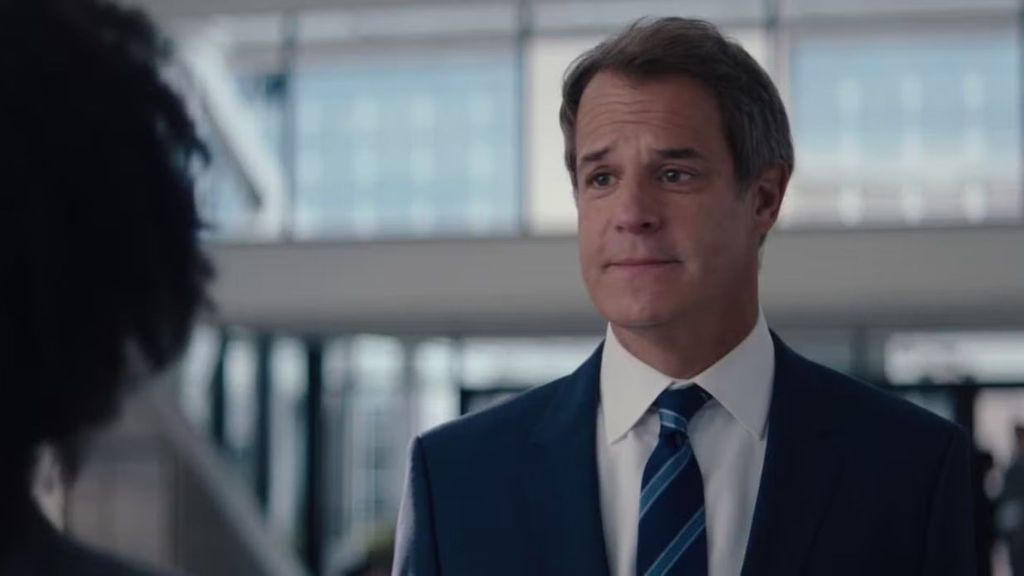
Acting Director of SWORD, Tyler Hayward, was a frustrating character to say the least. While it was clear from the start that he was the true villain of the story, his turn to full-blown mustache-twirling bad guy was a bit too on-the-nose. He was obsessed with getting his hands on Vision to weaponize him and saw Wanda as a monster, but his actions— like trying to shoot the children and reactivating the “White Vision” with a piece of Wanda’s energy— was very much a typical villain-of-the-week take rather than a complex character with questionable motives.
Hayward’s motivations were, for the most part, a mystery. Though he wanted to use Vision’s body parts, we never learned if he working for someone else or if he was doing so under SWORD’s directives. Was he just a power-hungry bureaucrat? The show never fully explained the basis for actions. While he served his purpose in the plot, he was a very one-dimensional character whose cartoonish villainy paled in comparsion to the complex and fascinating character arcs for Wanda and Agatha Harkness.
5. Why Didn’t Wanda Question Her Brother’s New Face?
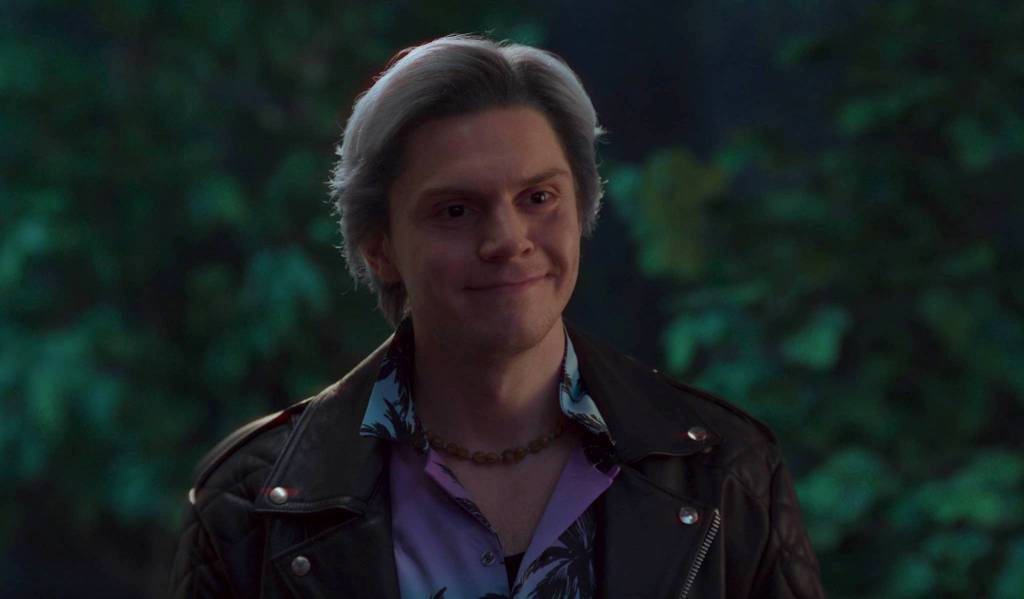
One of the most shocking and exciting moments of the show was the return of Pietro Maximoff, Wanda’s twin brother who died in Avengers: Age of Ultron. But instead of Aaron Taylor-Johnson, who played the character in Age of Ultron, the role was filled by Evan Peters, who famously played a different version of Quicksilver in the X-Men film series. Peters’ surprise appearance as Pietro led to a frenzy of fan theories about the multiverse and the X-Men joining the MCU. The show even had a few playful nods to the change, including Darcy Lewis flat out saying that Wanda “recast” Pietro.
But the “recasting” wasn’t Wanda’s doing, but instead was Agatha Harkness doing what Agatha Harkness does best— causing havoc. Wanda didn’t seem to notice or care that her brother looked completely different. She immediately accepted him, despite his new face and personality. While her actions could be rationalized as a response to her grief, the unexpected surprise, and her deep desire to see her brother again, the fact that she didn’t question her supposedly resurrected twin felt like a missed opportunity. Instead, it was a shortcut to tie in the meta-joke, but it broke the emotional realism that the show had so carefully built.
What’s your favorite MCU Disney+ series? Let us know in the comments!

